It is impossible to imagine the photosynthesis of plants without light. Especially hard they have in the winter months with gloomy and gloomy weather. Since the whole plant world of our planet is adapted to the spectrum of solar radiation, in the case of its lack or absence it is necessary to use artificial lighting devices, called phytolamps.
Content
Phytolamps for flowers: whim or need
Phytolamps are specialized equipment for artificial illumination of indoor flowers and plants. The use of such lighting devices can significantly improve the development of the plant, activate the process of photosynthesis and accelerate its growth.
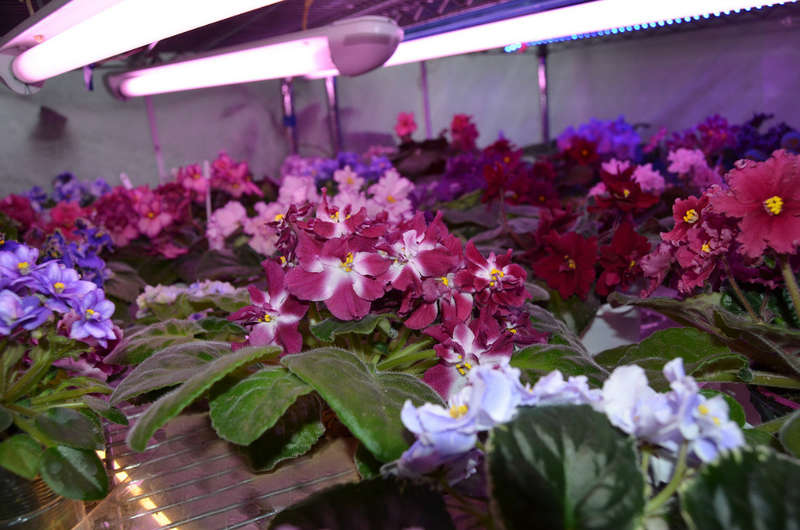
Looking around the modern proposals of firms producing phytolamps, you will see that the market is filled with all kinds of lamp models with different technical and operational characteristics, purpose and price policy. In this connection, the question arises quite logically: how to choose the phytolamp most suitable for your indoor plant?
Choosing the best phytolamp
So, the choice of phytolamps is enormous. You can make it yourself or buy halogen and fluorescent sources, LED and sodium lamps, different from each other by the level of electricity consumption and light output, the degree of heating and the period of operation.
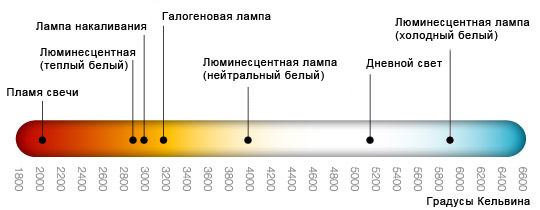
Let us dwell in more detail on each kind of lighting equipment for indoor plants lighting.
Incandescent lamps
Just note that the most common and familiar to all from childhood incandescent lamp due to its low efficiency and the huge consumption of electricity for heat production, is not entirely intended for solving similar problems.
In addition, the incandescent bulb does not have the best spectral radiation to ensure the normal photosynthesis of plants, because it has a too small blue spectral region, which is so necessary for the growth of any vegetation.
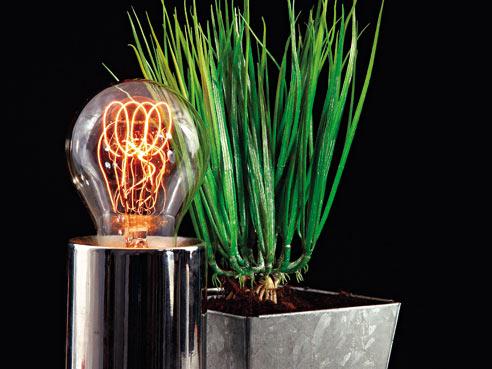
Proceeding from these problems, the optimal solution for creating high-quality illumination of plants and indoor flowers will be the use of fluorescent lighting sources, popularly known as daylight lamps.
Fluorescent lamps
Luminescent lighting devices are interesting for low cost, high efficiency and minimal energy consumption for heat generation, so they can be safely placed close to the flower, without fear of damage or burns.
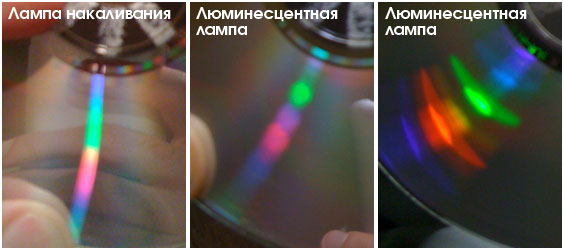
The level of light flux, which is several times greater than the light emission from a traditional incandescent lamp, varies within the range of 60-70 lm per 1 W, which guarantees high-quality illumination with minimal financial costs. And the very name of the "daylight lamp" speaks for itself - the emitted spectrum is the most similar to natural, solar illumination.
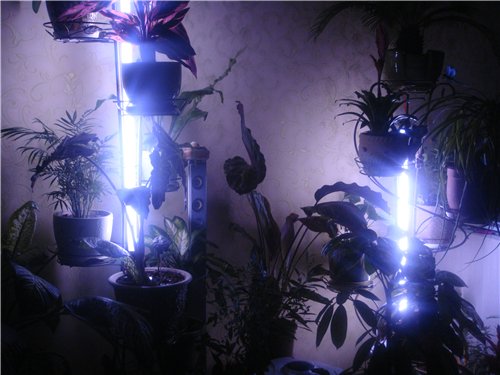
Of course, it is not worth asserting that the light emanating from luminescent sources can completely replace the solar one. Forming a harmonious tandem from these two sources, plant growers, owners of greenhouses and greenhouses, as well as aquarists will be able to achieve more spectacular results.
However, it is impossible not to mention the existing shortcomings at all conclusive advantages of fluorescent lamps: the intensity of the outgoing light flux with markedly reduced over time, and the operation period - small.
When choosing a fluorescent light source, pay attention to the length of the lamp: a longer lamp will provide a higher luminous flux, and vice versa. To increase the useful intensity of the flow, you can install special reflectors or reflectors that direct light to a specific zone. As they say, cheap and angry.
To the same group, mercury sources with strong, red spectral radiation can be considered. Such devices attract excellent power and good flow intensity, as well as a large consumption of electrical energy.
Energy-saving lamps
Unlike fluorescent lights work of energy-saving devices does not require a choke to connect as directly bulb design already has a built-in choke and therefore simply screwed into the lamp socket. There are sources with a "cold", "warm" and "day" luminescence spectrum, each of which has its own designation: thus, the cold range accelerates sprouting seedlings in a period of vegetative growth, the flowering stage better illuminate warm spectral luminous flux.
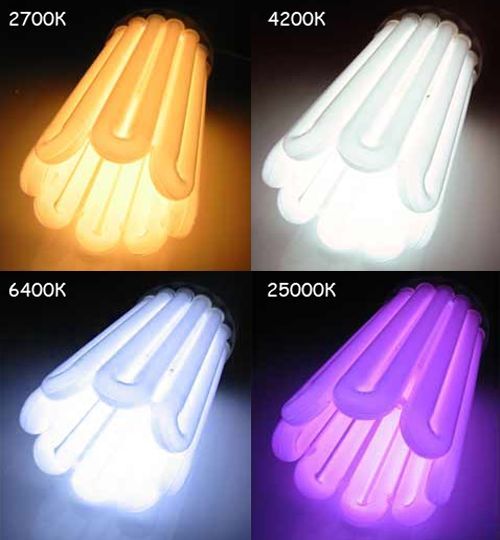
In the role of an independent source for the entire period of the indoor flower of life experienced growers recommend to use energy-saving fluorescent lamps, which have a long service life (up to 15,000 hours) and miserly power consumption.
Lamps for sodium
Economical and at the same time highly efficient and easy to operate are the discharge sodium lamps emitting a light flux in the orange and red spectrum. The scope of their use covers not only the cultivation of plants, but also the possibility of application in small-scale greenhouse farms.
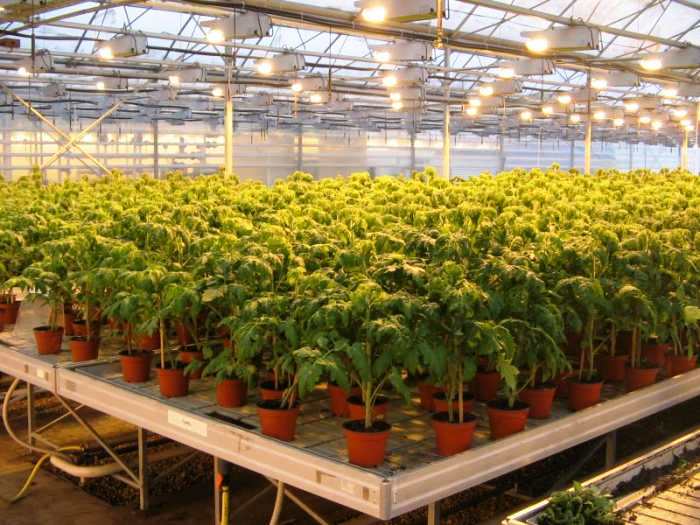
The average power of a light bulb is sufficient for high-quality illumination of a 1.5-meter-high window sill. The light coming from such a source, combined with the blue spectrum of natural radiation, makes it possible to significantly accelerate flowering and improve plant growth.
Economical, but bulky high-pressure sodium lamps containing mercury, sodium and xenon vapors are commonly used to create comfortable lighting in winter gardens.

The most common lamps of this line are DVTT lamps with the power of 75 - 1000 W, but for domestic plants the source with power up to 400 W will be optimal.
Among the reliable and time-tested products are Philips, General Electric, OSRAM.
Halogen phytolamps for plants
Despite its affordability, halogen lamps for indoor plants are rarely used. The main reason is a decrease in light output during long-term operation.
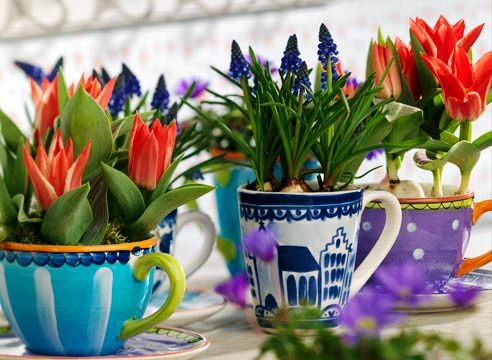
LED lamp
The most successful and energy-efficient for growing flowers phytolamp is the LED lamp, which consumes a small amount of electricity and emits light in blue and red emission spectra. The possibility of long-term use (up to 50,000 hours), the lack of additional equipment, exceptional safety and environmental friendliness are just a few of the advantages of LED lamps.
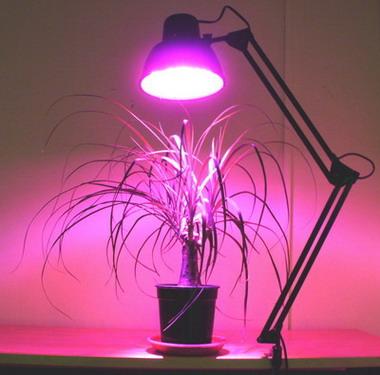
Since a source of this type does not produce an "extra" spectrum of the stream, photosynthesis is noticeably accelerated and even the only negative of LED lighting sources - its high price - does not cover all the advantages of such lighting.
Installation Recommendations
When installing the phytolamp, observe the following rules and recommendations:
- closer location of the lamp to the plant will bring a greater effect, but do not allow thermal radiation;
- light is sent to the plant;
- to achieve the effect, it is necessary that for each 1 m² of area there are more than 70 W taking into account the installation distance of 25-50 cm from the flower;
- for the period of winter should increase the duration of daylight hours for 4-5 hours.
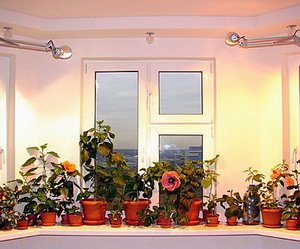
More details about plant phytolamps can be found in the video:



















